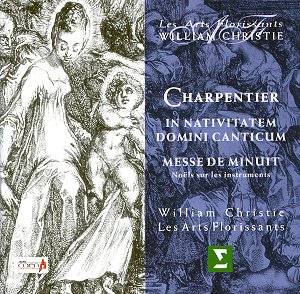 Composer: Edward Gregson, Alun Hoddinott, John McCabe
Composer: Edward Gregson, Alun Hoddinott, John McCabe
Works: Contrasts: A Concerto for Orchestra (1983), Concerto for Orchestra Op.127 (1986), Concerto for Orchestra (1982)
Performers: Royal Liverpool Philharmonic Orchestra, Douglas Bostock (conductor)
Recording: Philharmonic Hall, Liverpool, May 2001
Label: CLASSICO CLASSCD 384
The collection of concertos for orchestra presented here showcases the distinctive voices of three significant British composers who emerged in the latter half of the 20th century. Each work, composed in the early 1980s, serves as an orchestral showcase, with varied approaches to thematic development and orchestration. Gregson’s “Contrasts,” originally titled “Greenwich Dances,” offers a vibrant tapestry of sound that is both celebratory and reflective, while Hoddinott’s and McCabe’s contributions further illuminate the rich orchestral tradition within British music.
Edward Gregson’s “Contrasts” is a quintessential example of his compositional prowess, characterized by its three-movement structure. The opening “Intrada” bursts forth with a bold four-note motto that threads through the work, lending it unity. Bostock and the Royal Liverpool Philharmonic Orchestra navigate the energetic motifs with deftness, heightening the dynamic contrasts inherent in the piece. The central “Elegy” emerges as a poignant moment, where the orchestra’s timbres are explored in a more introspective manner. Here, the lush strings and haunting woodwinds create a soundscape that resonates deeply, showcasing Gregson’s ability to evoke emotional depth while maintaining a robust orchestral color. The concluding “Toccata” provides a rousing finale that both resolves and reaffirms the work’s thematic material, executed with exhilarating precision.
Alun Hoddinott’s “Concerto for Orchestra Op.127” follows, marked by its angular themes and intricate rhythms. The outer movements are brimming with energy, while the slow movement offers an atmospheric contrast that evokes a sense of nocturnal stillness. The orchestration here is particularly striking; Hoddinott’s use of a large percussion section, including unconventional instruments, adds layers of texture and color. Bostock’s interpretation succeeds in highlighting these elements, ensuring that the rhythmic motifs—first inspired by the cooing of doves—are articulated with clarity and purpose throughout. The coherence of material, as emphasized by Hoddinott in his interview, is effectively realized in this performance, allowing the listener to appreciate the cyclical nature of the thematic development.
John McCabe’s “Concerto for Orchestra,” described as an enlarged passacaglia, presents a more complex structural landscape. This piece opens with jubilant fanfares that transition into an expansive Adagio, showcasing McCabe’s unique voice and skill in thematic transformation. The variety of “character” pieces that follow, particularly those referencing Schumann, are executed with a thoughtful balance between individual expression and orchestral cohesion. The final section builds to a climactic resolution before fading into an ethereal ostinato, aptly dubbed a “tape-loop” by the composer. Here, Bostock’s direction allows for a seamless flow between the contrasting sections, demonstrating a keen understanding of McCabe’s intricate architecture.
The sound quality of this recording is commendable, capturing the vibrant textures of the orchestra with clarity. The balance between instruments is well-managed, allowing for individual voices to emerge within the ensemble fabric without overshadowing the collective sound. The engineering supports the dynamic range present in each work, from the delicate passages of Gregson’s “Elegy” to the vibrant climaxes in McCabe’s finale.
Each of these concertos represents a significant contribution to the repertoire, and Bostock’s dedicated interpretation ensures that the works of Gregson, Hoddinott, and McCabe are presented with the respect and clarity they deserve. The recording stands as a testament to the strength of British orchestral music in the late 20th century, offering a compelling listening experience that is both intellectually engaging and emotionally resonant. This collection is essential for those seeking to deepen their understanding of contemporary British composers and their orchestral capabilities.



